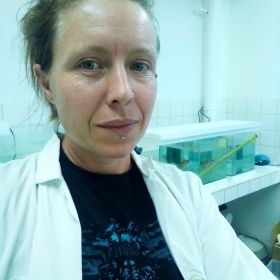Temporal variations in the level of chlordecone in seawater and marine organisms in Martinique Island (Lesser Antilles)
Temporal variations in the level of chlordecone in seawater and marine organisms in Martinique Island (Lesser Antilles)
Dromard, C.R., Allenou, JP., Tapie, N. et al. Temporal variations in the level of chlordecone in seawater and marine organisms in Martinique Island (Lesser Antilles). Environ Sci Pollut Res (2022). https://doi.org/10.1007/s11356-022-21528-9
The present study, conducted in the Galion Bay in Martinique, aims to highlight the temporal and seasonal variations of chlordecone contamination (an organochlorine pollutant) in the ambient environment (seawater) and also in the marine organisms in three main coastal marine habitats (mangroves, seagrass beds and coral reefs). To this end, two methodologies were used to measure and compare the chemical contamination of seawater during 13 months (spot samplings and POCIS technique). In parallel, concentrations of chlordecone and isotopic ratios (C and N) were carried out on marine organisms, collected during two contrasting climatic periods (dry and rainy), to evidence seasonal variations. The results showed that the contamination of seawater displayed significant variations over time and depended on environmental factors such as water flows, which imply dilution and dispersion phenomena. Concerning the marine organisms, the level of contamination varied considerably between the two seasons in seagrass beds with higher levels of contamination during the rainy season. Reef organisms were more moderately affected by this pollution, while mangrove organisms showed a high level of chlordecone whatever the season. Finally, isotope analyses highlighted that bioamplification along marine food webs occurs at each season and each station.
Contact: Charlotte Dromard, maître de conférences au laboratoire BOREA, à l'Université des Antilles


